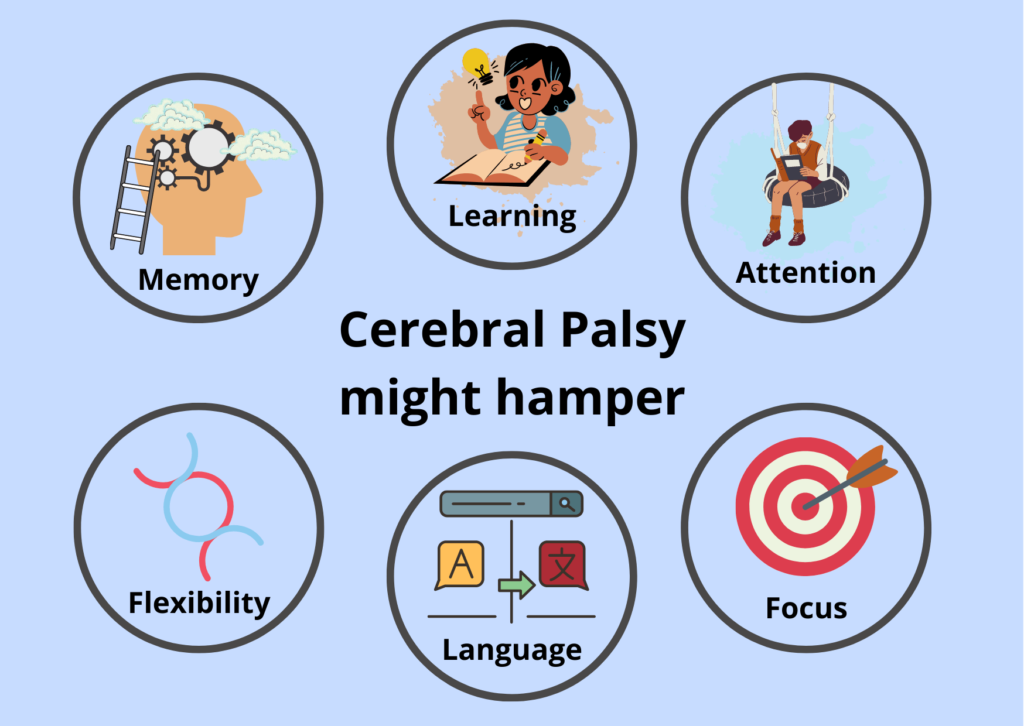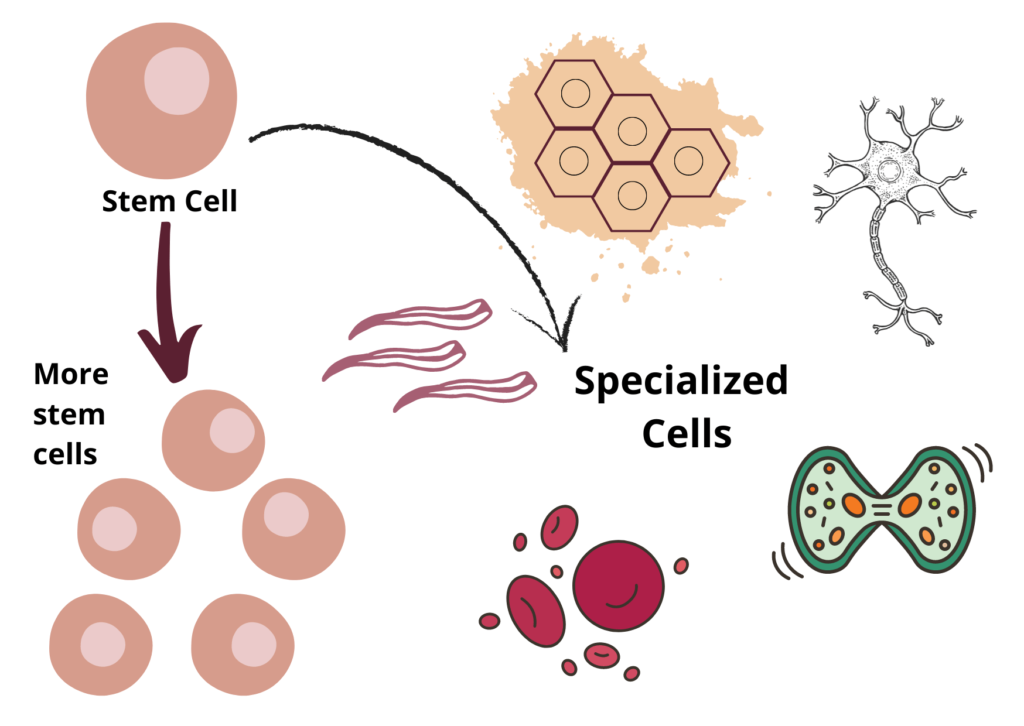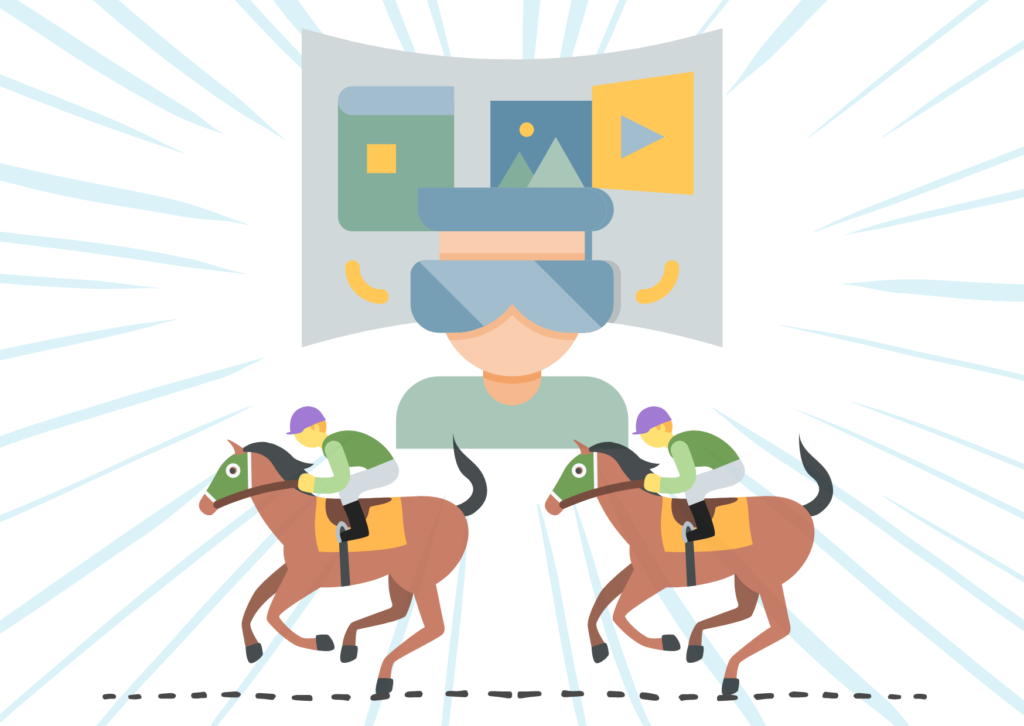Heavenly music playing in the background, a breathtaking explosion of colors in the hallway, a grand SRK song, ‘mere naam tu.’ A magical rendition in the movie ZERO. That song is pure cinematic artistry except for the scene where Anushka Sharma is enjoying those magical moments while sitting on a wheelchair. The reason she is stuck in that wheelchair is cerebral palsy. Recently, it made it to the headlines as the Microsoft CEO Satya Nadela’s son Zain died while suffering from cerebral palsy. You’ll find many gloomy news articles out there about cerebral palsy patients but here, we are going to focus on the possible treatment of cerebral palsy.
Cerebral means brain and palsy means paralysis aka brain paralysis. Hippocrates was the first who described this disease in the 5th Century BCE. In the 19th century it became popularized as ” Little’s disease”. Later ,William Osler gave the name cerebral palsy which is used till date. Cerebral palsy is a common neurological disorder in newborn babies and there is no sign of a possible decline in the number of babies affected, in upcoming years.
Various improvements in antenatal care and health care treatment have shown zero improvement in cerebral palsy statistics. Rather the health care market for cerebral palsy is estimated to grow up to 4424 million USD till 2030. 4424 MILLION USD!! Despite the colossal growth in the market for cerebral palsy (CP) treatment, in reality there is no definitive cure for CP.
Why ? Let’s try to understand the cause.
When the baby comes out from the mother’s womb into this beautiful world or when it’s still inside the mother’s womb having the best time of her life, lack of oxygen or any kind of injury, mutation in the genes or infection to the baby damages the white matter of the brain. Are you familiar with brain anatomy? Brain comprises two matters, white and gray. They share a 50-50 partnership in forming the brain. Axons of neurons and glial cells make up the white matter of the brain. The paucity of oxygen damages the white matter and impairs the membrane depolarization mechanism of neurons. Neurons transmit the information from our body parts to the brain through the axons by an action potential generation which requires the depolarization of the neuronal membrane. Defective membrane depolarization interferes with nervous system function. This leads to the underdevelopment of muscle movements, memory, and learning ability of the baby . Based on the motor dysfunction CP can be divided into 5 types. Our body’s 6 cognitive functions are memory, learning, language, attention, focus and flexibility. Hampering these functions halts the growth of the baby in all aspects of life. This creates mental and financial burden on the patients and family, as a child requires special care and attention throughout the lifetime.

Previously, it used to take a minimum 10 -15 years to produce a safe vaccine but the advancements in technology has enabled us to create vaccines like for Pfizer within 1 year without substantial compromise on safety. Then why is there no cure for cerebral palsy? This disease has been in the human race for decades. Neurons are one of the highly specialized tissues in our body. Once damaged it is difficult to revert the damage. Scientists and researchers are working tirelessly to find a permanent solution for decades but they haven’t found any solution yet. It reminds us despite all the technological advancements, the human race is futile against nature. But there is a ray of hope.
Stem cell therapy
The stem cell is like a god particle. All cells, tissue, organs originate from it. Be it a human or an elephant, all living things are created from the single cell, stem cell. Stem cells divide and mature to form different organ systems in living. In humans, stem cells are of different types like hematopoietic stem cells, bone marrow mononucleosis cells (BMMC) and neural stem cells(NSC). For the CP, neural stem cells or Bone Marrow Mononucleosis Cells are used. They are collected by bone marrow aspiration from hip bone or from umbilical blood cells (UBC). And are administered into the patient by injections through our veins or into the cerebrospinal fluid surrounding the brain and spinal cord. Stem cell therapy has shown improvements in the patients such as enhancements in regular body movements, speech, memory. It promotes the independence of the child and assists with social interactions.

Currently, botulinum toxoid, infamously known as BOTOX, is widely used in the CP treatment. It reduces the erratic muscle movements. Medical marijuana is also being popularized among CP palsy treatment. Along with these Baclofene, anticonvulsants, stool softener, sleep aids are given which manages the condition and pain. Various therapies are indulged in the treatment regimen which include physical therapy, occupational therapy, speech and language therapy, chiropractic therapy and many more. Depending on the type of CP and severity, surgery might be chosen as an option. It reduces the muscle spasticity with improvement in gait of the child and enhanced flexibility. These interventions show promising results but not in all cases. In the 21st century, technology has answers to all the problems humans are facing and so does for cerebral palsy. And that answer is VR. Virtual Reality. A special horse riding game is designed for CP patients. Patients who have undergone the program successfully have shown significant improvement in overall body movements. Also, functional electrical stimulus is a method which uses electric current to stimulate the muscle and restore the movement. One early intervention which can be used is systemic hypothermia, that is cooling an infant’s brain to slow or reverse the brain damage.
With cerebral palsy, the ultimate goal is to improve a child’s daily life, health and wellbeing and make the child’s life endurable.
REFERENCES
1. https://pubmed.ncbi.nlm.nih.gov/35458888/
2. https://link.springer.com/article/10.1007/s12035-021-02700-7
3. https://www.ncbi.nlm.nih.gov/pmc/articles/PMC8284300/#!po=10.3175
4. https://www.ncbi.nlm.nih.gov/pmc/articles/PMC4961108/
5. https://youtu.be/j_7NWpE-bas
6. https://journals.sagepub.com/doi/full/10.1177/0963689718809658
7. https://onlinelibrary.wiley.com/share/FBZHIQ9U77KK6SCNRVAH?target=10.1111/jpc.15329
. . .
Writer
Apoorva Koli
Editor
Namrata Pandit
Illustrator
Urja Kuber


Well written💯